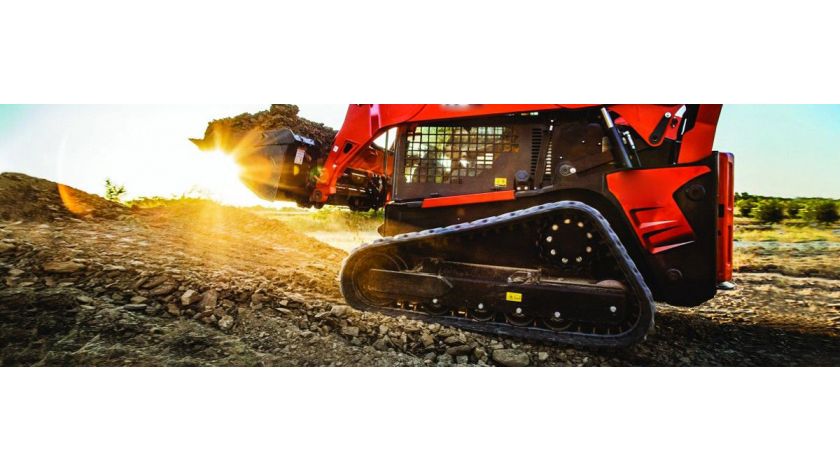
Keeping your equipment in good shape is imperative to staying profitable. In addition to extending the runtime of your equipment, it will also help maintain the value of the machine over time. While it may be tempting to wait until the last minute to replace things and eke out just a little more time in order to save money in the short-term, the reality is that this can actually end up costing you more in the long-term. Not only will replacing parts before they go bad keep your machine in optimal condition, but pairing new parts and components with old, worn-out ones can actually damage the new parts. This will end up costing you more money in the long-term as your new parts will wear out quicker than intended.
Tracks and Undercarriage
Because your undercarriage can account for up to 50% of you maintenance costs, it can be tempting to only change out your tracks or undercarriage parts when it’s absolutely necessary, but this will actually cost you more in the long-run. Over time, your sprockets, idlers, rollers, link assemblies, bushings and more will wear down, meaning that they won’t interlock with the tracks as snugly as intended. Failing to replace these parts when you replace the tracks will result in damage to the tracks and speed up the wear on other areas of your equipment. A worn out sprocket can tear the drive links out of your new track. You should also makes sure to replace your seals and bearings on your final drive when you have work done to it. Other areas to inspect and replace when they look damaged include the rock guards, track shoes and chains, and the bolts.
Fluids and Filters
Failing to replace your filters (air, fuel, hydraulic) and fluids (hydraulic, engine oil, transmission fluid) can quickly cause damage to your machine. Dirty filters can fail, allowing contamination to enter the system and damage the more costly components in it, while dirty fluids are less effective at lubrication and heat transfer. A clean air filter can prolong the engine’s life, reduce emissions and increase fuel efficiently. It should be replaced as soon as it looks dirty, not according to a set schedule. If you’re working in an extremely dirty environment, your filter will probably need to be replaced sooner than the manufacturer’s recommendation. Replacing your hydraulic fluid regularly is also important; heat, water and contamination are three key factors affecting the life of your fluid. The best way to know if it’s time to change it is to have it tested. While it may appear clear, that doesn’t mean that it hasn’t begun breaking down. Degraded hydraulic fluid will lose its viscosity, meaning it no longer protects your machine from contamination and rust build up.
Belts and Hoses
The air conditioning, power steer pump, compressor, air injection pump and cooling fan on your equipment are all powered by the serpentine belt. Allowing it to wear to the point of breakage can bring operations to a quick halt; and an overheated engine can result in unexpected major repair costs. Regularly check your belts for cracks, wearing, stripping and dry rot. If you notice any of these, immediately replace your belt. Typically, hoses should be replaced about every four years; but this can vary based on how rigorously you use your equipment. Like your belts, check your hoses regularly for cracks, bubbles, stiff texture and dry rot and replace them immediately if you see any of these.
If it’s time to replace these or many of the others parts on your light construction equipment, turn to a company you can trust. With more than 600,000 light construction part numbers and more arriving every day, TVH has the part you need at a price you’ll love. And with same-day shipping on many of them, you’ll be back in business in no time.